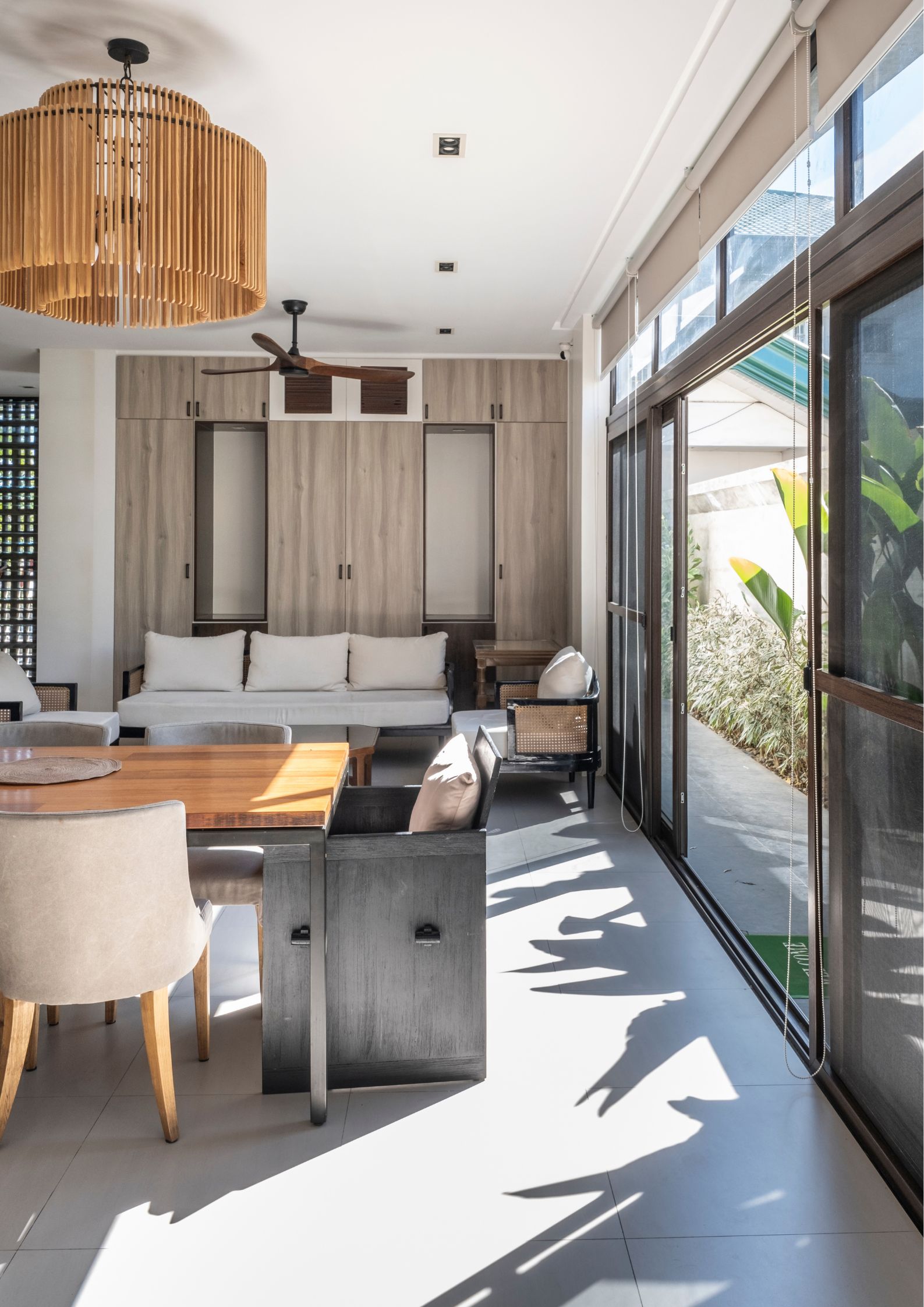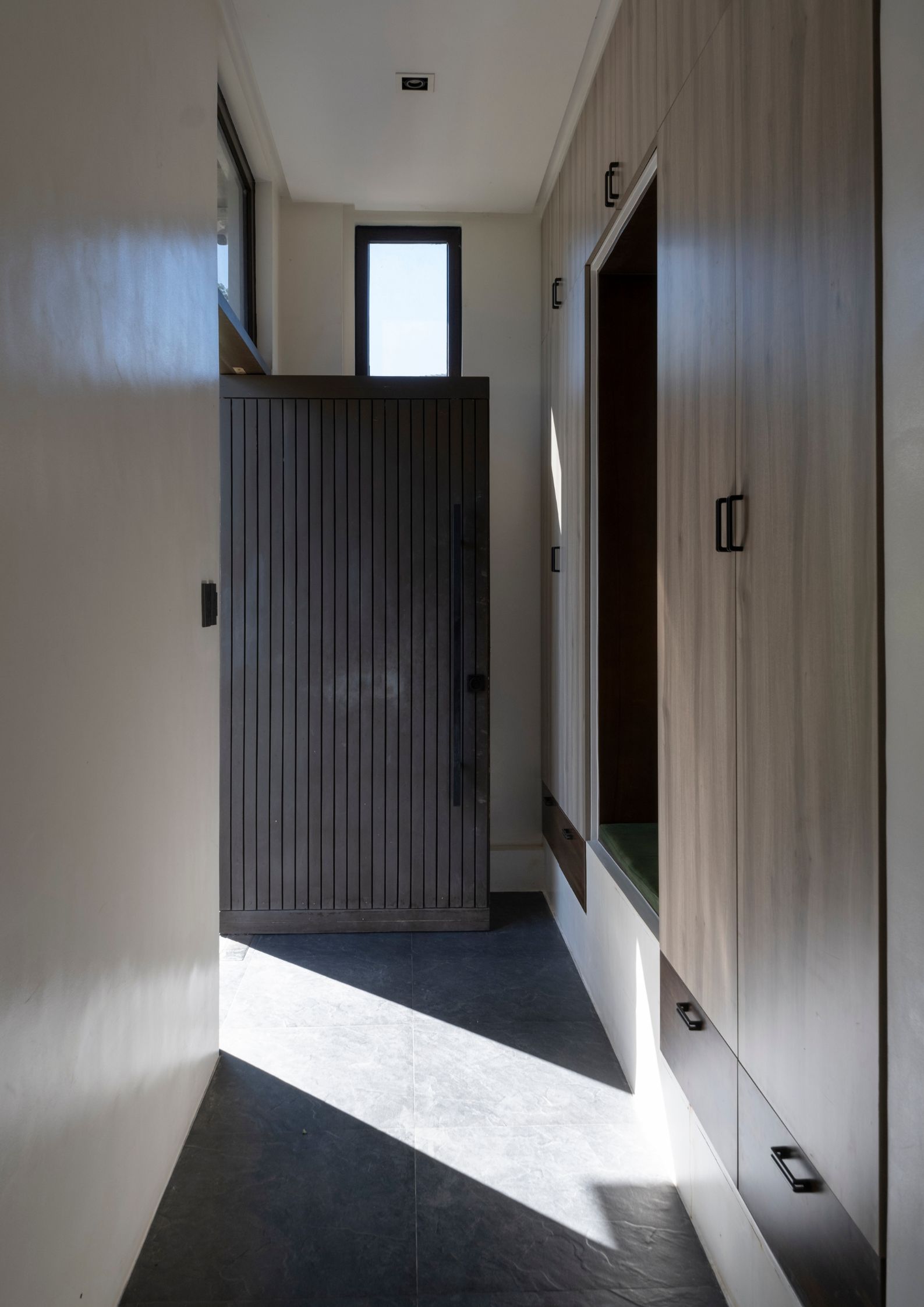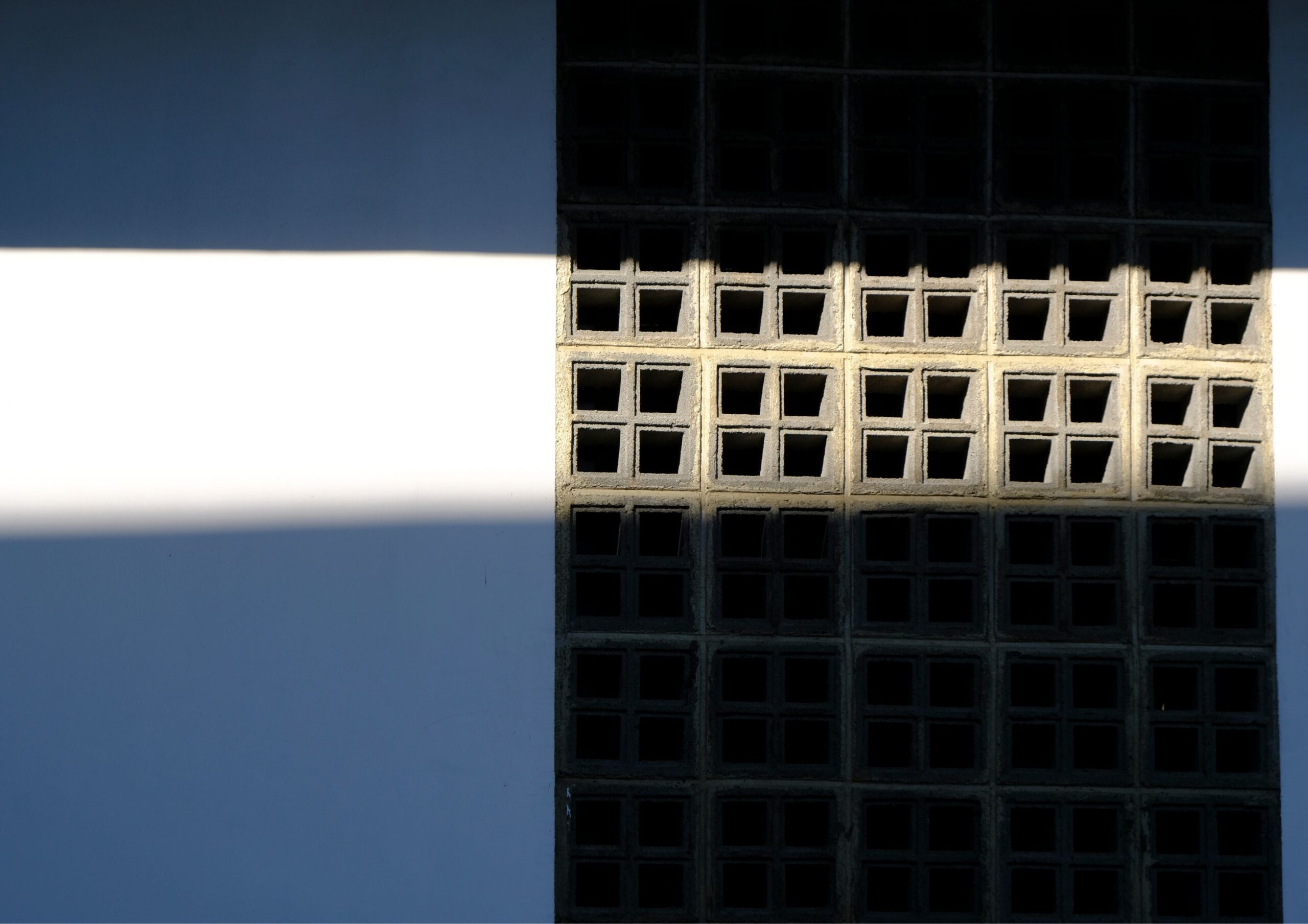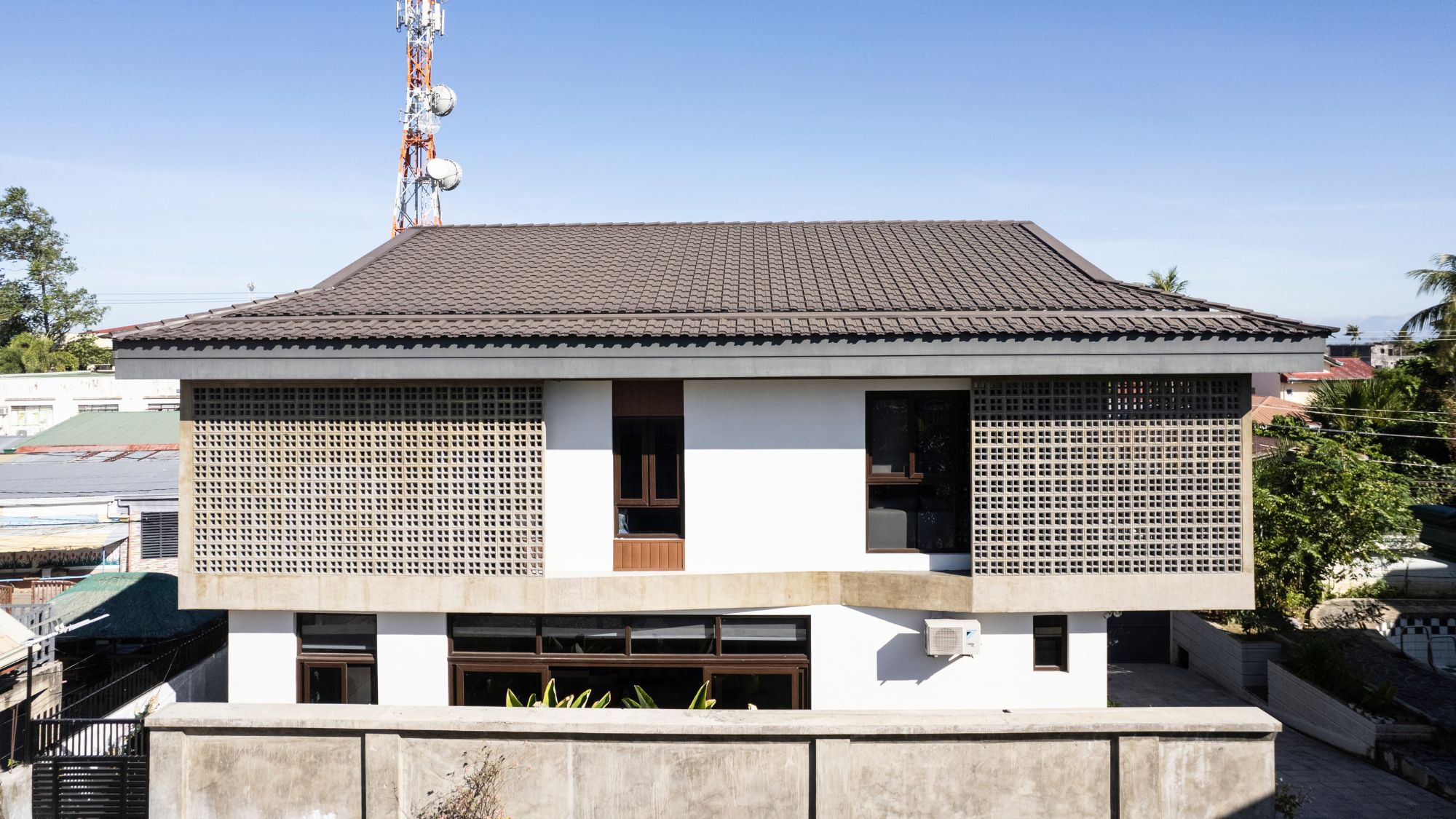
Tabing Bahay: A Modern Take on the Bahay na Bato
Tabing Bahay is a modern interpretation of the bahay na bato that takes on the form of a rustic home. Located within a peaceful neighborhood in Nueva Ecija, this unassuming residence still manages to pack a few surprises when it comes to its humble design. San Pedro Architects‘ ingenuity fosters aesthetic inventiveness while grounded in practicality.
The Origins of Tabing Bahay
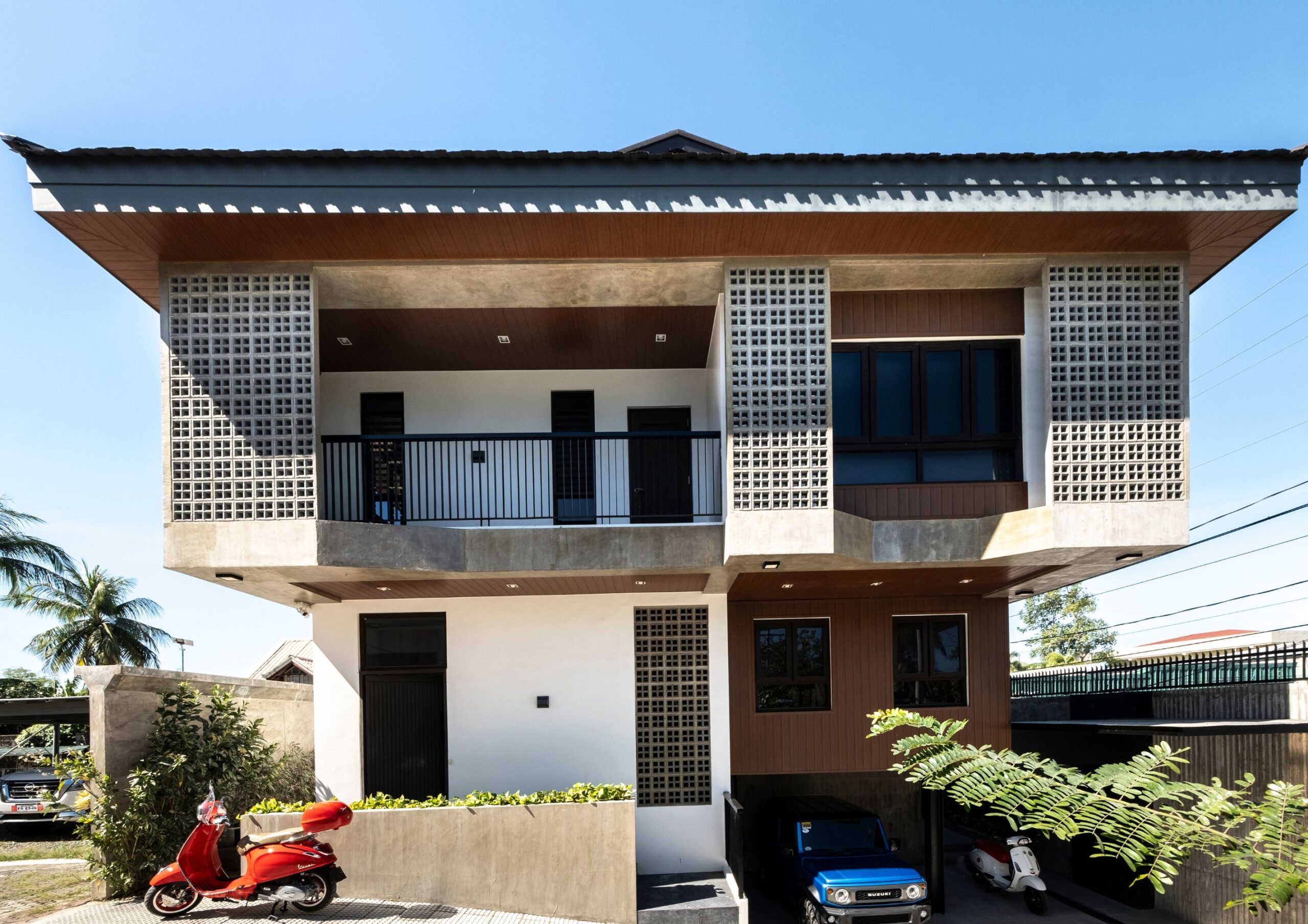
Tabing can have two translations. The first is “beside”. The home sits right across the residence of the clients’ parents. When they had their first child, it prompted the need for a new home to house the next generation.
The second meaning of tabing is “screen”. This refers to the home’s main distinctive feature of concrete screens. San Pedro incorporated these elements from the classic bahay na bato into the modern rustic home. However, this simplicity results from a carefully planned design that maximizes the home’s best features.
Integrating Classic Filipino Design Staples

The modern home translates the bahay na bato concept through its appearance, shape, and function. Its composition reflects the typical design of the bahay na bato of wood sitting on stone. Wood Plastic Composite (WPC) lines the exterior to contrast the concrete belt surrounding the structure. Windows and openings span from floor to ceiling. The dutch roof serves as a vent for heat to escape while also providing ample shelter from rain and sunshine.
You’ll find Tabing Bahay’s finishes subscribe to a timeless philosophy that is also reflective of this iconic Filipino house design. The use of colors such as cream white, shades of brown, green, and a touch of gray are all inspired by the themes of the natural world. Machuca tiles add character and nostalgia to interior spaces. The treatment of concrete with stucco finishes to replicate marble and stone gives texture without incurring high cost.
Making Tropical Design Work
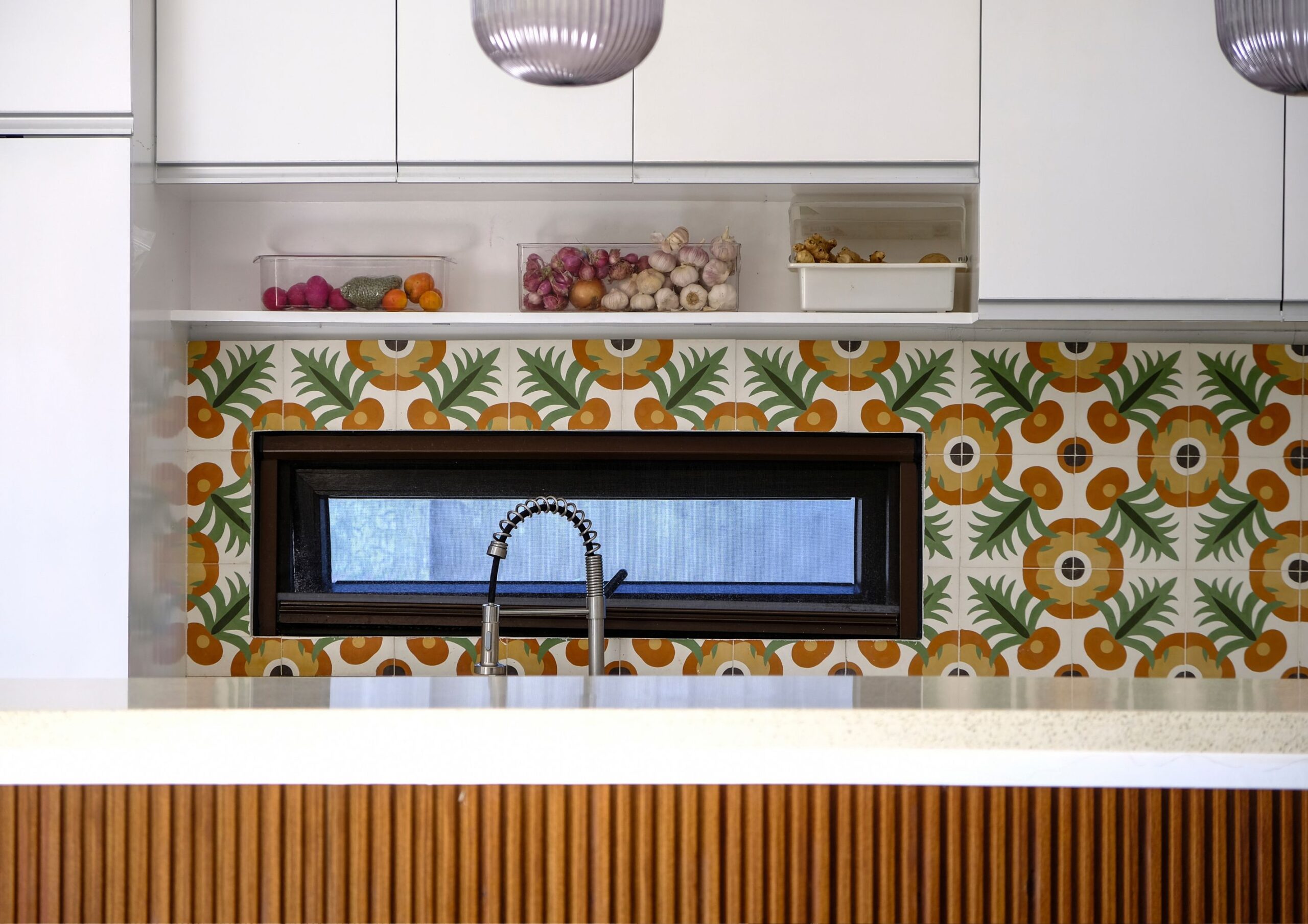
The east-facing front facade embraces the morning sun, allowing it to filter through the tall screen blocks. This open layout paves the way for a greenery strip set against a natural backdrop.
The architect reinterpreted the capiz windows as concrete blocks to provide sun shading, wind diffusion, and privacy. The architect meticulously oversaw the creation of these concrete blocks, ensuring every opening was correctly sized and aligned. The capiz window design maintains its aesthetic appeal and original purpose, offering natural ventilation and heat reduction while enhancing privacy.
Sunlight floods the open ground level from every direction. A ceiling fan encourages wind circulation, enhancing cross-ventilation. The stairwell brings in natural light and air, benefiting both floors.
The second floor features a hallway connecting east and west, promoting air flow. The east front side includes a balcony next to the family area, with large windows that open to welcome the breeze.
Ample space is given between the coverings and the building’s exterior with a 0.2 meters allowance that gives space for window operability. These concrete windows ingeniously take advantage of air pressure in cooling the spaces. The smaller openings control the wind to make it colder, similar to how you blow cold air through your mouth. Additionally, adding another layer over the building walls creates an air pocket and barrier to absorb the tropical heat.
Each end of the hallway is capped with openings to channel in the breeze and provide cross ventilation throughout the entire home. Despite the house’s openness inside, it presents a contrasting exterior. Screen blocks encircle the perimeter, reducing heat and ensuring privacy.
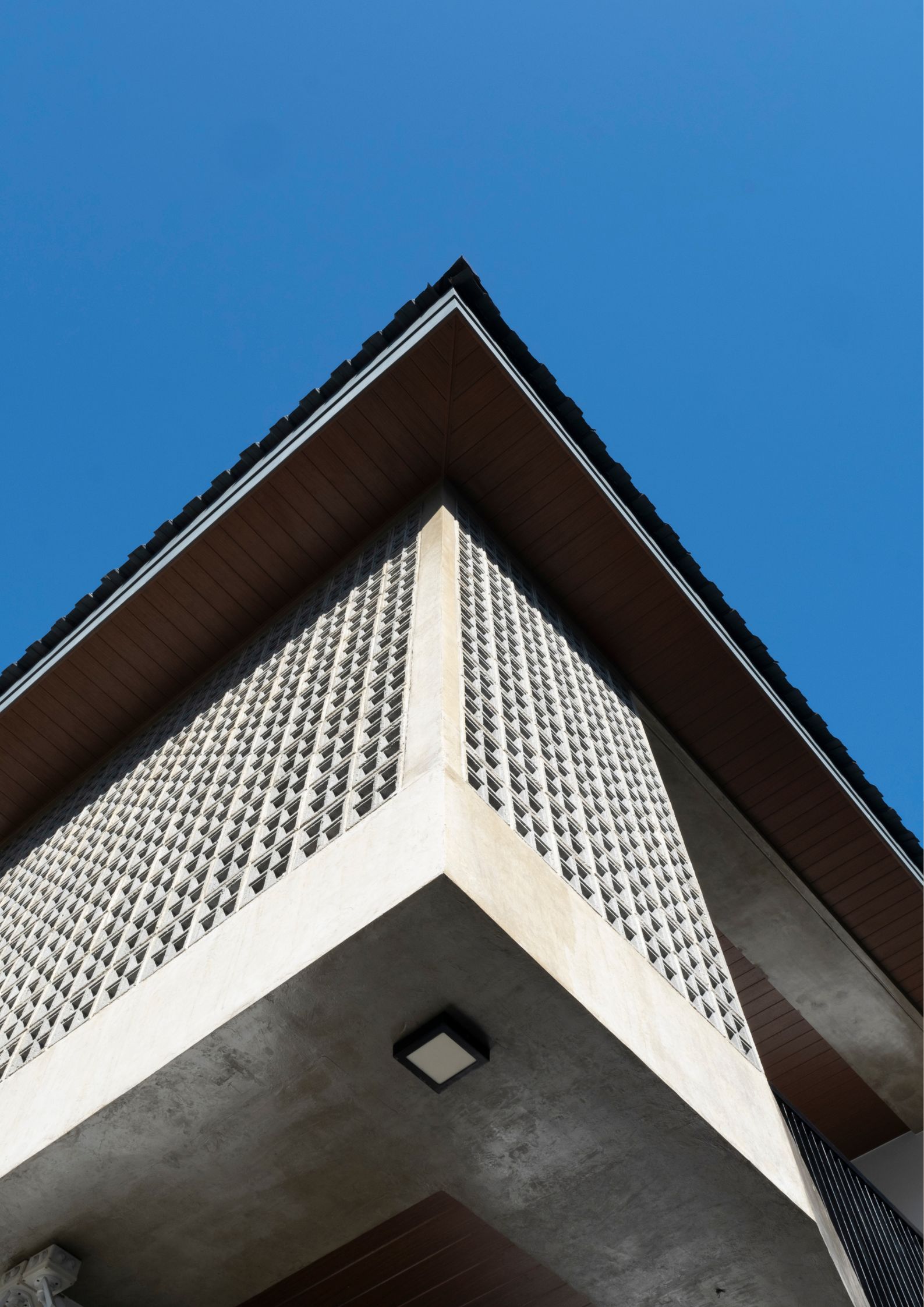
Designing in the Province
Tabing Bahay is an exemplary structure that makes the case for how elegant designs can be seamlessly built in rural environments. It’s a design with a lot of heart as it pays homage to a Filipino classic while modernizing to provide for the family it houses. This approach modernizes Filipino vernacular architecture, allowing us to reinterpret traditional materials and designs for today’s use.
Photos by Ed Simon.

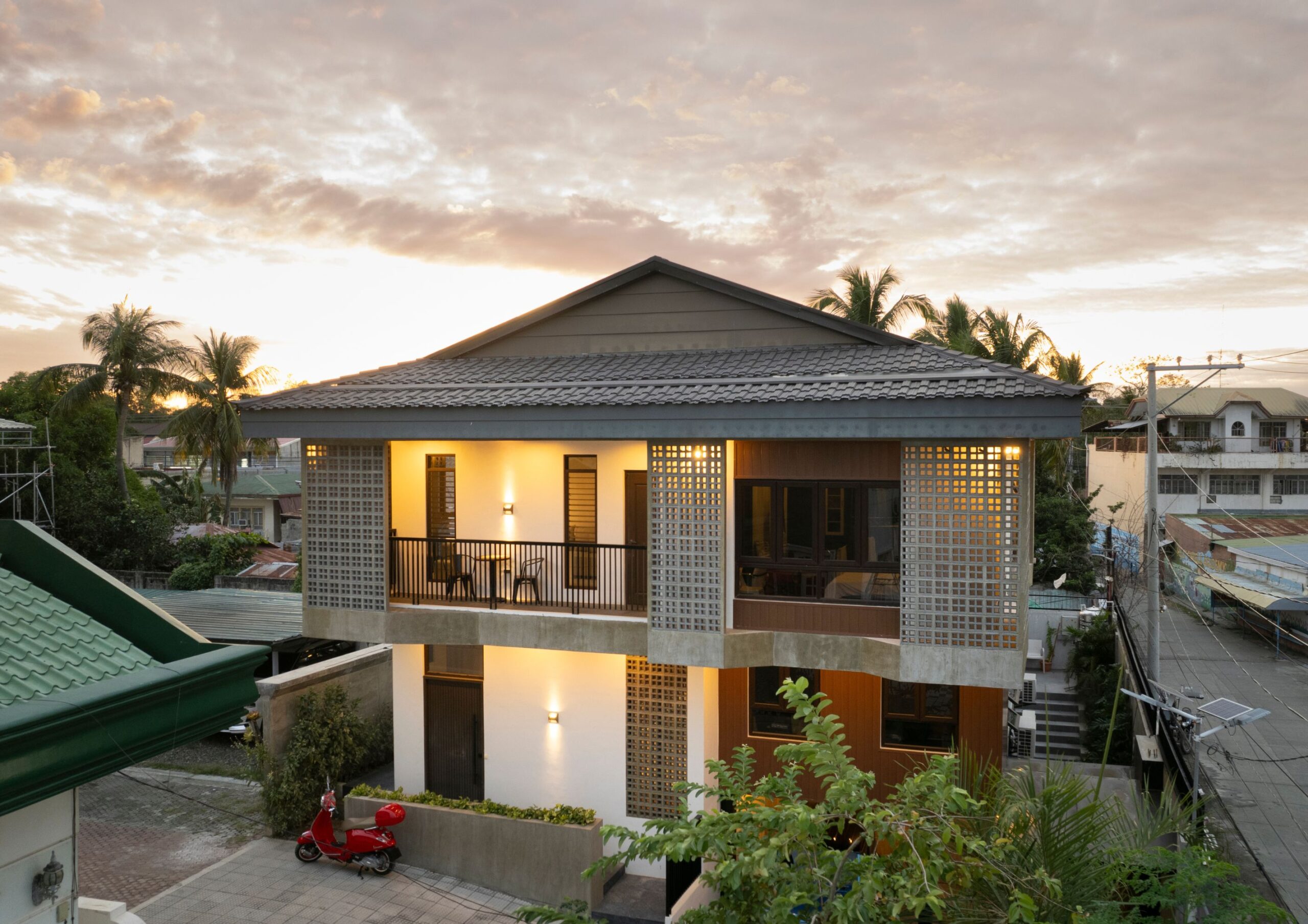
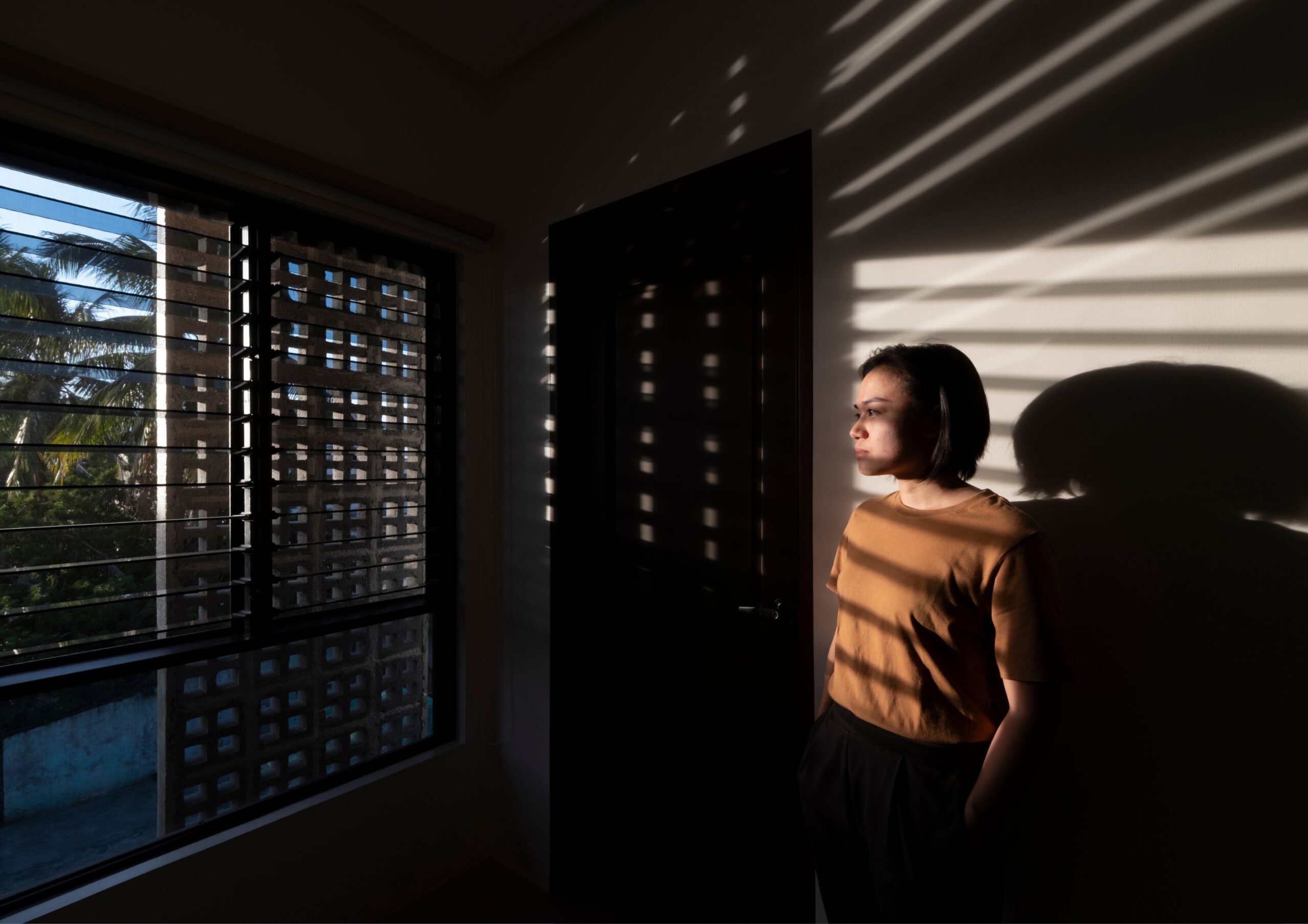
Read more: The Modern Bahay Bato
